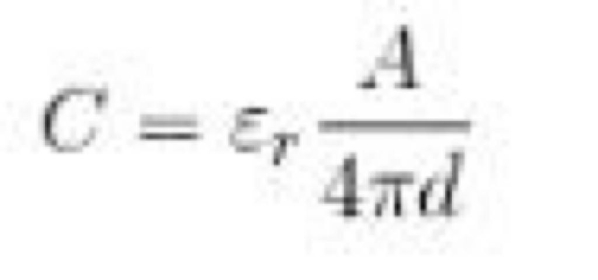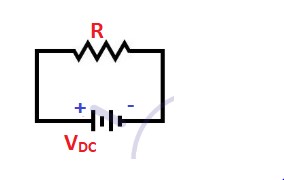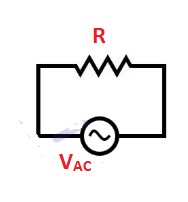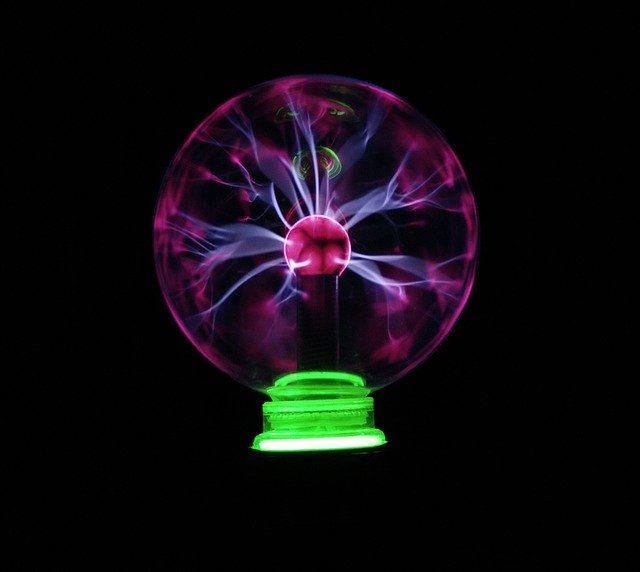Dielectric substances and insulators belong to the same material class with different origin and contexts. The two substances are primarily classified according to their use. The key difference is that dielectrics store the electrical charge in it and insulators are resistant to electron flow.
Comparison between the insulators and dielectrics
| Insulators | Dielectrics |
| A low-conductivity substance which obstructs the current flow. | A substance can build an electric field with minimal energy loss. |
| Not able to polarize. | Able to polarize in an electric field. |
| The dielectric constant is low. | The dielectric constant is very high. |
| Obstruction to the flow of charges. | Charges are stored in it. |
| Examples – Plastic, mica, cotton. | Examples – Distill water, dry air. |
| Application – Conducting cables in high voltage devices. | Applications – power cable, capacitors. |
Note: Polarization property of the substance is the movement of negative and positive charges in the opposite directions.
Dielectric used in capacitors to fulfil three functions
- To prevent the contact between the two conductive plates, a small palate (dielectrics) is placed between the two plates to separate them. The presence of dielectrics in the capacitors increases the capacitance
- Capacitance can be increased by reducing the strength of an electric field.
- To minimize the dielectric breakdown, during the high voltage operations.
The capacitance of the capacitor is calculated by using the formula.

Where
A = Area of the plates overlap each other
d = Distance between the plates
εr = Dielectric constant
Electric Current
The electric current is defined as the flow rate of electrical charges (+ve and -ve charges) through the conducting medium.
When the conductive medium has a potential difference between the two regions, the electric charge starts to flow from the higher potential region to the lower potential region.
If the electric charge q coulomb is transferred between two regions with time t, then the current is
I = q/t
The unit of current is coulomb/sec.
Types of current
(1) Direct current – The current is called direct current when the current moves in one path either in a fixed or fluctuating way.

(2) Alternating current – When the current travels alternately in either path with frequency is known as alternating current.

Why does alternative current (AC) flow through the capacitor but not direct current (DC)?
When a DC power supply is connected to the circuit, before the saturation of the plate, a little amount of current flows across the capacitor. The voltage applied in the saturation stage is the same as the voltage across the capacitor, so there is no more current. Here the capacitor acts as an open circuit and if you add more DC supply, the capacitor can get destroyed or burst.
If the alternating current is applied across the capacitor, some of the current will flow via the circuit. But after a while, it will run out of the electrons to pass around, and flow will stop. Since the AC circuit is reversed, the current begins to flow again. Due to this reason the capacitor allows the AC current but blocks the DC current.




